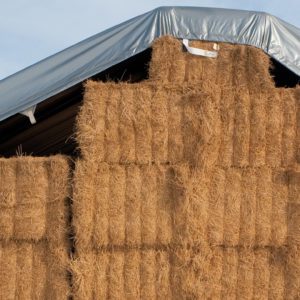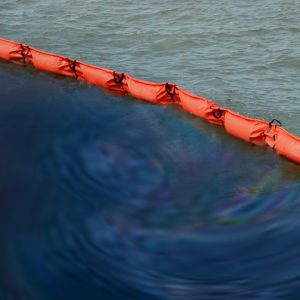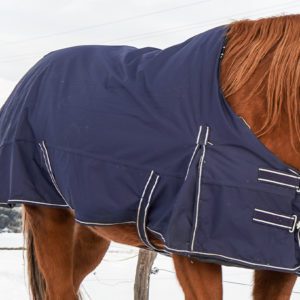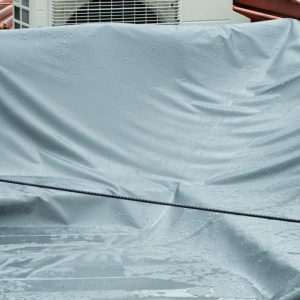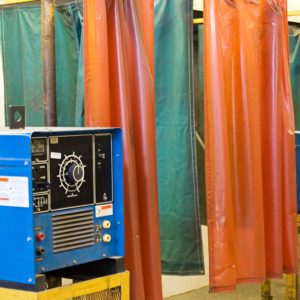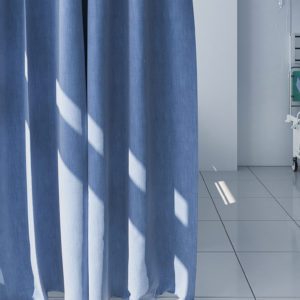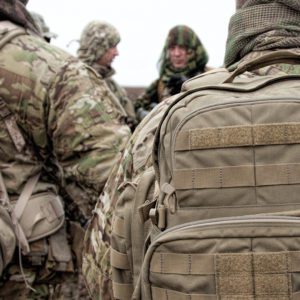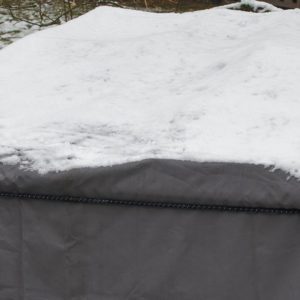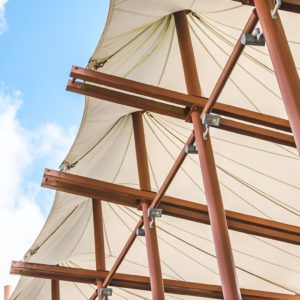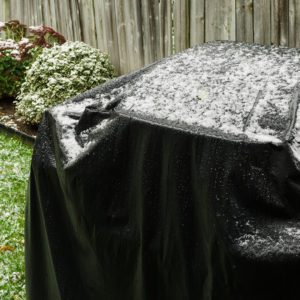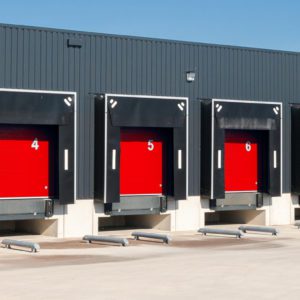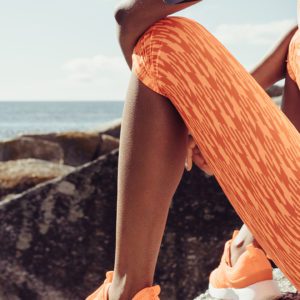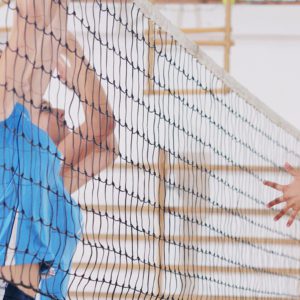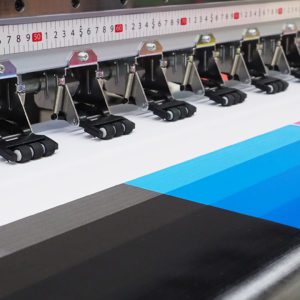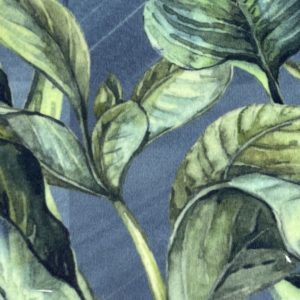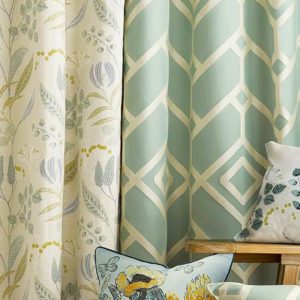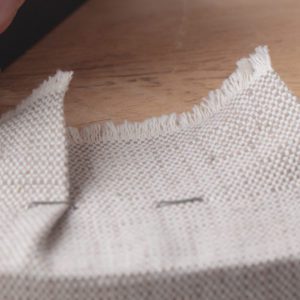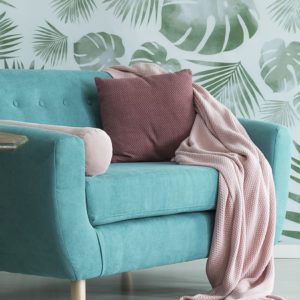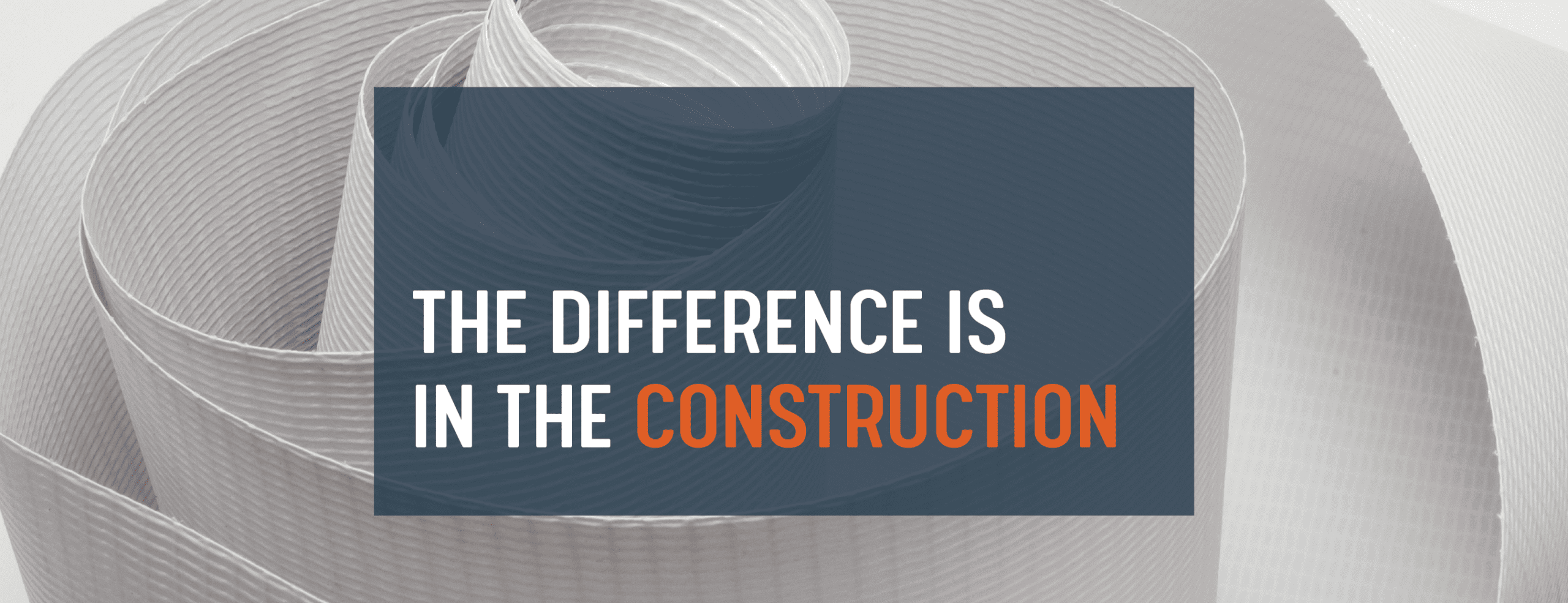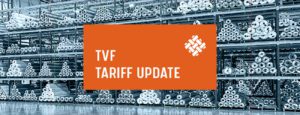The Difference is in the Construction
Laminated. Coated. Semi-coated. Each type of vinyl starts with the web-like scrim, but how they’re constructed sets each vinyl variety apart and give them distinctive properties. Let’s take a deeper look at the characteristics of each.
Laminated textiles begin the lifecycle as scrim that is made of woven or knitted yarns of various deniers based on the desired weight of the end material. A giant sheet of extruded PVC film is then laminated onto the scrim with heat and adhesive, resulting in textiles that have a significant range of print media and industrial applications. Typically, laminated vinyls use a lower-denier scrim than their coated or semi-coated vinyl cousins and also cost less. The most common weight of laminate used for tents is between 13 oz. and 16 oz.
Coated vinyl textile production involves pushing viscous PVC into the voids of the scrim with a spreading knife-like process – called a knife over roll – that is more time-consuming than laminated vinyl textile production. Vinyl coated polyesters, which are more commonly available than vinyl coated nylon, are less prone to delamination because the nature of the process creates stronger mechanical bonds to hold the textile together. Vinyl coated textiles tend to be more durable than laminates. They are also a little more forgiving to folding and elemental effects like wind whippage. Typically, vinyl coated textiles have heavier scrims (500, 1,000, 1,500 denier, or even mixed deniers in the warp and fill) and they’re available in sizes ranging from 10 oz. to 40 oz., with most popular sizes being 14 oz., 18 oz., and 22 oz.
Semi-coated textiles walk the line between laminated and coated during their production. One method to achieve what’s considered semi-coated is to laminate one side of the scrim and coat the other side. Another method is to thinly laminate both sides and then put a coating on top. These materials have come a long way in recent years in terms of performance and consistency and their biggest advantage is their lower cost. It’s sometimes difficult to visually tell the difference between a coated and semi-coated vinyl textile. Semi-coated is often less expensive than coated but might carry some of the rigidity characteristics of a laminate if it’s constructed with the thin PVC layers.
In all cases, the yarns (round, flat, high-tenacity, low-tenacity, etc.), adhesives, and additives (plasticizers, wicking agents, fire-retardants, antimicrobials, etc.) can have effects on the product’s cost, use recommendations, and durability.
Notable TVF vinyl products include:
A serious selection of coated products from 8 oz. To 40 oz. that are in-stock.
13 oz. and 16 oz. High Gloss Vinyl Laminated Polyester
10 oz. And 13 oz. Matte Finish Vinyl Laminated Polyester
